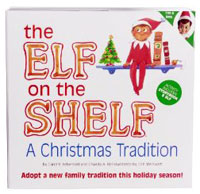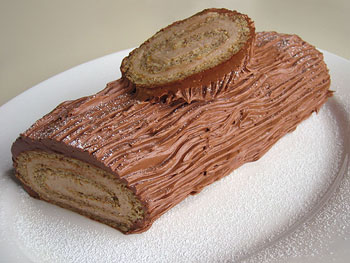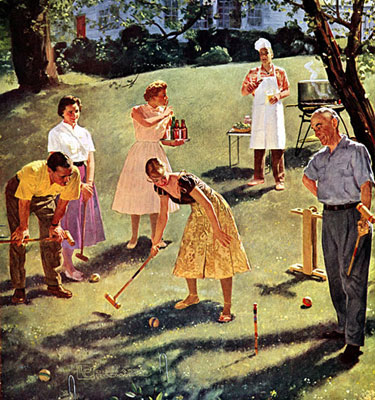 It’s become fashionable to say that your favorite holiday is Thanksgiving, and every so often I say those words. What I mean is that Thanksgiving is a holiday that’s entirely about food. The glorious turkey. The stuffing your mother used to make. And pies, pies, pies. When you say your favorite holiday is Thanksgiving, you’re not just praising Thanksgiving – you’re secretly dissing Christmas, with all its mercenary trappings and its promise of day-after holiday depression.
It’s become fashionable to say that your favorite holiday is Thanksgiving, and every so often I say those words. What I mean is that Thanksgiving is a holiday that’s entirely about food. The glorious turkey. The stuffing your mother used to make. And pies, pies, pies. When you say your favorite holiday is Thanksgiving, you’re not just praising Thanksgiving – you’re secretly dissing Christmas, with all its mercenary trappings and its promise of day-after holiday depression.
But the truth is I am demented over Christmas. I love it. I love twinkle lights, I love my tree (which I put up the first week of December), and I love Christmas dinner. Unlike Thanksgiving dinner, which is practically written in stone, Christmas dinner is a feast with no real rules. Days of discussion precede it. Goose? Prime rib? Turkey all over again? What about ham?
And then there are the desserts. The desserts of Christmas are divine, and they are true holiday recipes, the definition of which is that you would not be caught dead eating them at any other time of the year. It wouldn’t be Christmas without something like gingerbread, or a Yule log, or a plum pudding with hard sauce.

 One of my best memories, one that is worth much more to me than money in the bank, is of Christmas at my Grandfather’s when I was a young girl. My grandfather was a larger than life personage. At least to me. In actuality, he only stood about 5 feet 8 inches, if that. But he had girth. He was first generation American Irish, born of immigrant parents and raised in the Bronx. The term self-made was created for him. After winning a scholarship to Fordham University and then Fordham Law, he went on to become a successful lawyer and New York State senator. He made a fortune, and even without the height, carried himself like a man to the manner born.
One of my best memories, one that is worth much more to me than money in the bank, is of Christmas at my Grandfather’s when I was a young girl. My grandfather was a larger than life personage. At least to me. In actuality, he only stood about 5 feet 8 inches, if that. But he had girth. He was first generation American Irish, born of immigrant parents and raised in the Bronx. The term self-made was created for him. After winning a scholarship to Fordham University and then Fordham Law, he went on to become a successful lawyer and New York State senator. He made a fortune, and even without the height, carried himself like a man to the manner born. It’s the holiday season and along with sipping cocoa by the fire, it’s the perfect time to cozy up with a good book. We thought we’d take the time to share some classic titles for your twelve days of Christmas. Maybe we’ll introduce you to a new title or two.
It’s the holiday season and along with sipping cocoa by the fire, it’s the perfect time to cozy up with a good book. We thought we’d take the time to share some classic titles for your twelve days of Christmas. Maybe we’ll introduce you to a new title or two.

 No wonder I rarely got a tree. It’s just too much work. Going out to buy it. Schlepping it home. Carting it inside. Pine needles everywhere. Finding the box with the decorations in storage. Untangling the lights. Discovering that only some are still working. I’m not that together. I have zero organizational skills. Hey, if magical elves appeared in my home to set up the tree, and I didn’t have to go to the lot or do anything, I would reconsider.
No wonder I rarely got a tree. It’s just too much work. Going out to buy it. Schlepping it home. Carting it inside. Pine needles everywhere. Finding the box with the decorations in storage. Untangling the lights. Discovering that only some are still working. I’m not that together. I have zero organizational skills. Hey, if magical elves appeared in my home to set up the tree, and I didn’t have to go to the lot or do anything, I would reconsider.

